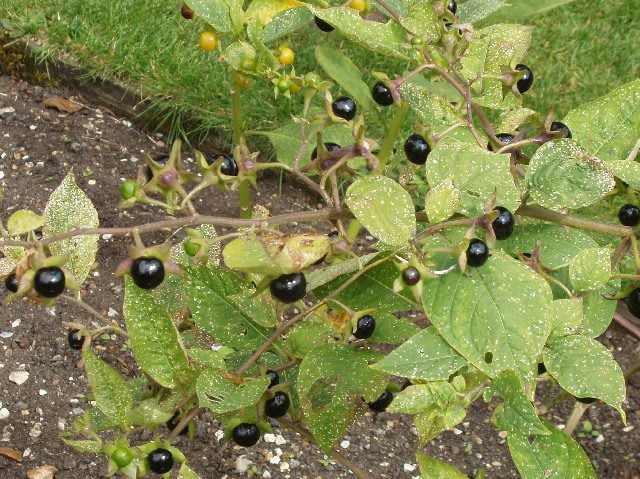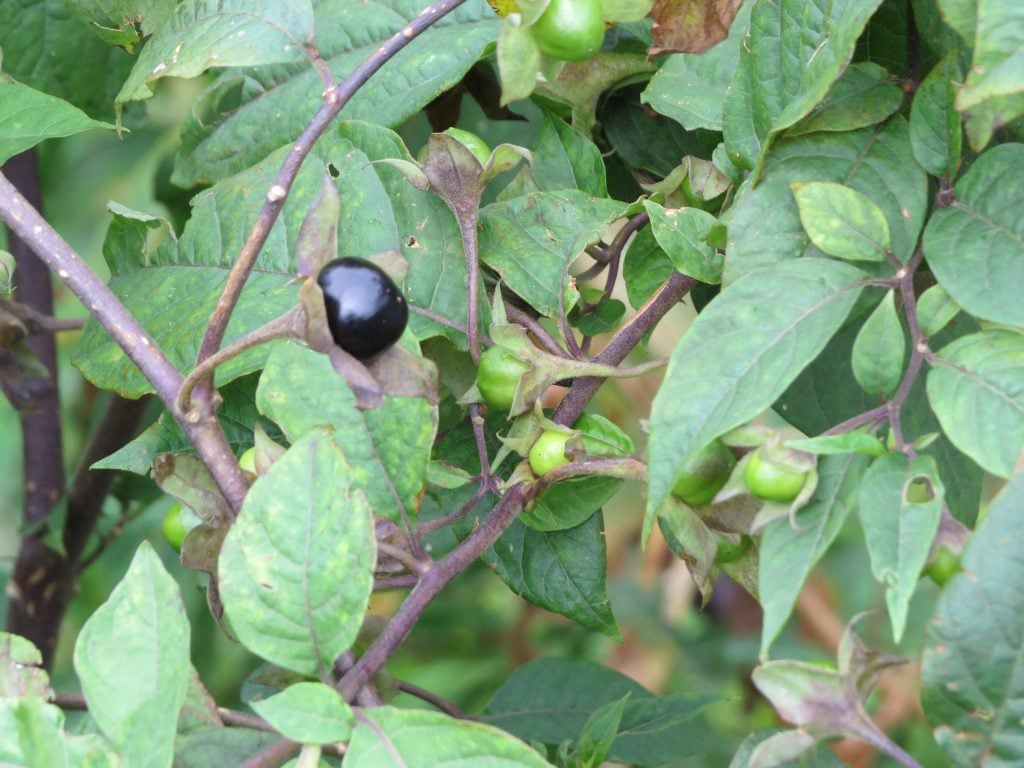Deadly Nightshade: Is This Plant Actually Lethal Or Does It Just Get A Bad Rap?
You may have heard or read about how toxic the deadly nightshade plant is. But aside from being toxic, doesn’t it have any health benefits? Well, the deadly nightshade is a herbaceous plant from the Solanaceae family.
Despite the toxic compounds in its leaves and berries, it has been used for recreational and medicinal purposes for several centuries. From inducing hallucinations to even causing death, some of the uses of this plant will surprise you.

All parts of the deadly nightshade plant are toxic, with the root having the highest toxin concentration. Even its eye-pleasing berries are dangerous. Nonetheless, some users have found ways to harness its medicinal and recreational potential.
For instance, a cult society that followed the god of festivity, Dionysus, used deadly nightshade for ecstasy purposes. To fall into a trance-like state, group members would drink their Bacchus wine, brewed from grapes, deadly nightshade berries, and other herbs.
Some centuries ago, witches and sorcerers also used the plant for their activities. They believed that the plant was associated with the devil. They brewed a portion using mandrake, nightshade, and other plants, which they ingested to fall into hallucination. This is how they did their fortune-telling.
The deadly nightshade was also used for pupil dilation during the Italian Renaissance era. That period saw dilated pupils as beauty, especially for women. To achieve this, a nightshade tincture was dropped into the eyes, especially during special occasions, to seduce men. However, the frequent use of this drop could result in blindness.
It was very common for armies or individuals to poison enemies’ food and liquor during the Roman era. And the deadly nightshade was mostly used in this ploy of eliminating an entire army without breaking a sweat.

The medicinal properties of this plant can be achieved when used in the right dose. This is when toxins become useful. During the American Civil War, the deadly nightshade was used in treating several types of ailments and served as an anesthetic. According to historians, the plant could treat whooping cough, neuralgias, spasmodic asthma, scarlet fever, among others.
In modern medicine, a compound in nightshade, atropine, is used for resuscitation. When the heart stops beating, atropine can revive it and increase the heart rate. This means the plant can serve many life-saving purposes. Is it time to rename the plant?
